Port travels to Italy to discover the people, skills and traditional crafts that drive one of the oldest luxury car companies

A lot has changed since the Maserati brothers founded their workshop in Bologna in 1914. Though today the brand sits in a unique niche between high-performance sports cars and super-lux brands like Rolls-Royce and Bentley, the very first cars built by the brothers were pure racing machines. A pedigree in competition was established that would continue long into the 20th century after victories, sometimes at the hands of the brothers themselves, at the Indianapolis 500 and the gruelling Sicilian endurance race, Targa Florio. It was not until 1947 that Maserati would produce their first, and perhaps most iconic, production car, the A6.
Today Maserati no longer races. Nor is it owned by the Maserati family, or based in Bologna, having been bought by the Modenese Orsi family in 1937, changing hands progressively until it was absorbed into the vast multinational cooperation, Fiat Chrysler Automobiles, in 1993. A lot has changed, but a lot has stayed the same. Despite the pressures of a rapid, globalised economy, Maserati is still completely designed, produced and assembled in Italy, with much of the process done by hand, relying on the same skills and techniques used by the Maserati brothers over a century ago.
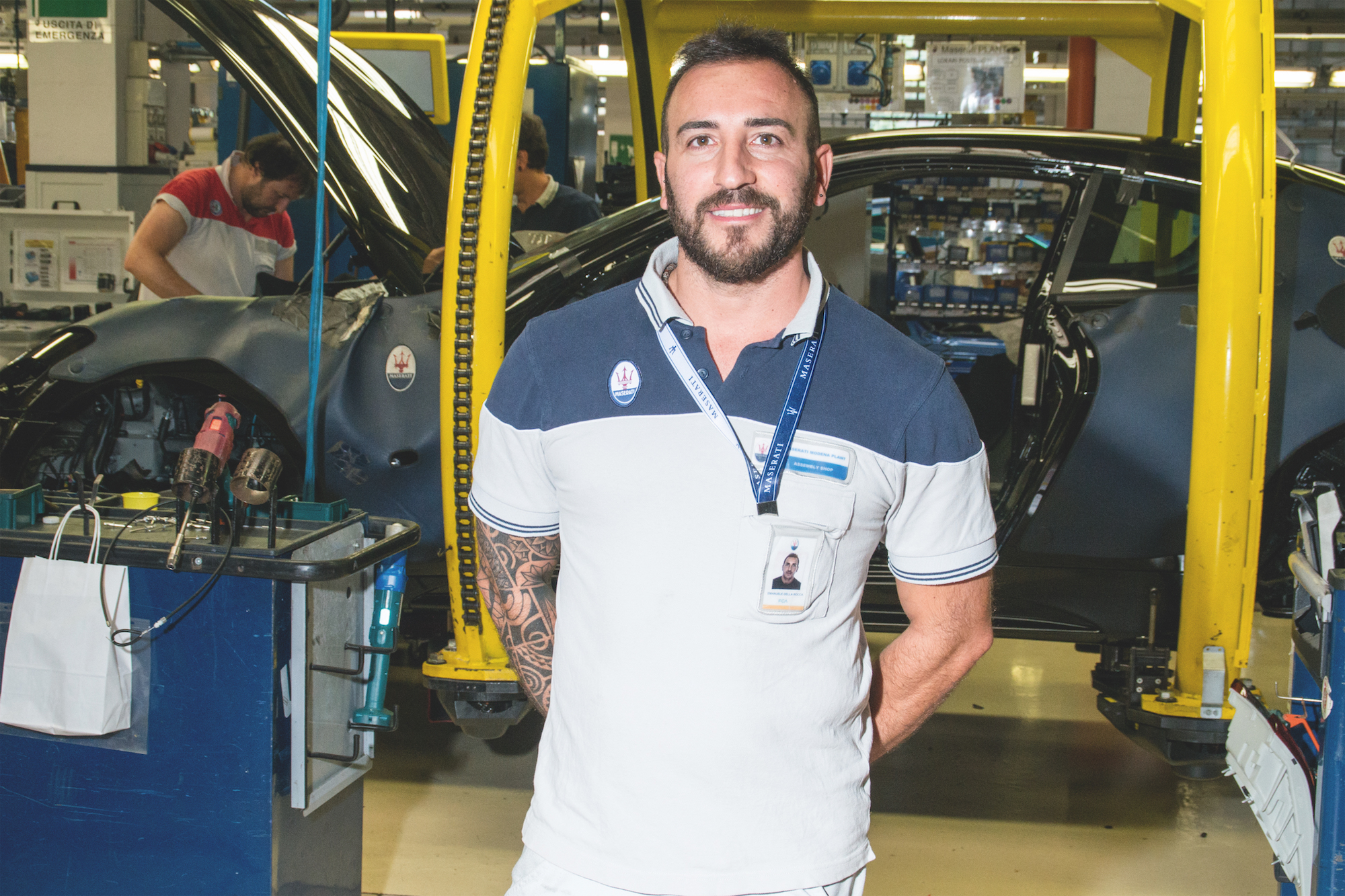
“We feel we are still creating, rather than mass-market manufacturing,” Reid Bigland, the Head of Maserati, tells me when I meet him at the Goodwood Festival of Speed. “We’re not out to win any global sales records – we want to maintain that attention to detail, using Italian craftspeople rather than a cookie-cutter assembly line.” It’s perhaps a surprising approach for a company to take in such a competitive market, but it’s one that seems to be working: Sales are up 60 per cent from 2016, and 30 per cent from the year before.
Near the historic Fiat factory of Mirafiori on the outskirts of Turin – where Maserati’s latest model, an SUV called the Levante, is assembled – sits the FCA design centre, Centro Stile. It’s here, in the vast renovated factory buildings – long, high ceilinged and light filled – that the latest offerings from the group’s brands are conceived. Maserati’s design studio has been based here since 2008.
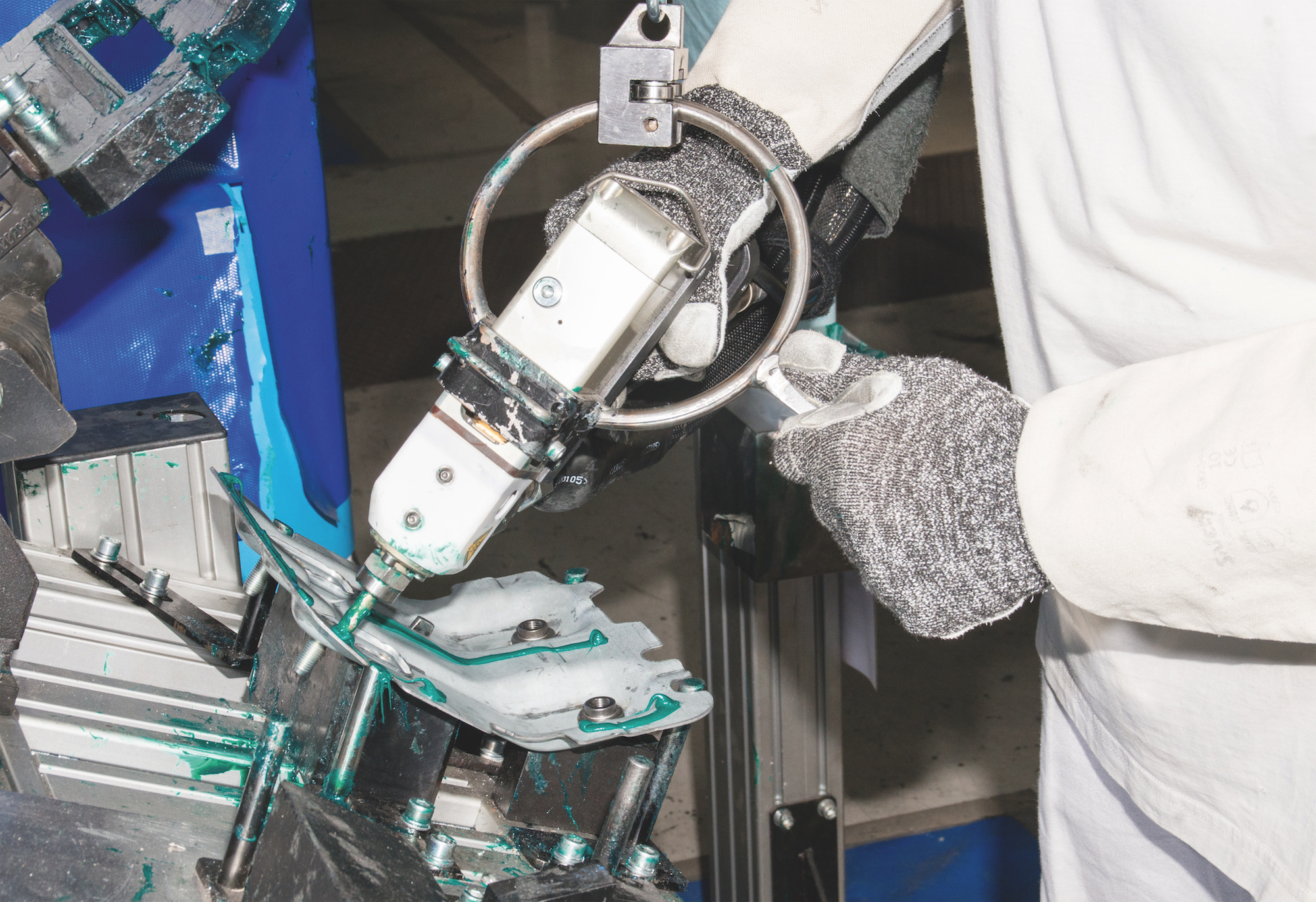
Traditionally, Maserati has relied on the talents of outside contractors, such as the iconic coachbuilder Pininfarina and the ‘car designer of the century’, Giorgetto Giugiaro, to define the aesthetics of their cars, but since the move to Turin this has been the responsibility of the brand’s design director, Marco Tencone. As we sit in a large dark room – set up like a cinema but with an operator stationed in the corner at a softly whirring computer, manipulating a three-dimensional rendering of a car on the extra-wide screen – Tencone explains how he approaches designing a new Maserati.
“To achieve the warmth typical of Italian cars, it is vital to work both physically and virtually on a computer and to move from one to the other, balancing the two,” he tells me. “A virtual rendering allows us to analyse something in great detail.” Tencone instructs the operator to zoom into the front of the car, so that the subtly recessed parking sensors – in reality the size of a two-pence piece – grow on the screen to the height of a person. “But we do not yet have a system with which we can realise a car completely in virtual. To check the main volume and proportions, to give a human feeling to the car’s form, you need to work physically.”
And so, at the very beginning of the project, the designers will always start by putting pen to paper – or, as is increasingly the case with younger members of the team, stylus to drawing pad. Then the ‘balancing’ begins. With a rough idea of the shape and the essential dimensions provided by the team of engineers in Modena, a basic virtual model is produced. Next, the group’s in-house modelling team produce a 3:8 scale model in clay which allows the designers to experiment with the form. “It is like sculpture,” Tencone enthuses. “We can feel directly what we are creating. Adding or taking away two or three millimetres can be enough to completely change the feeling of the surface.”
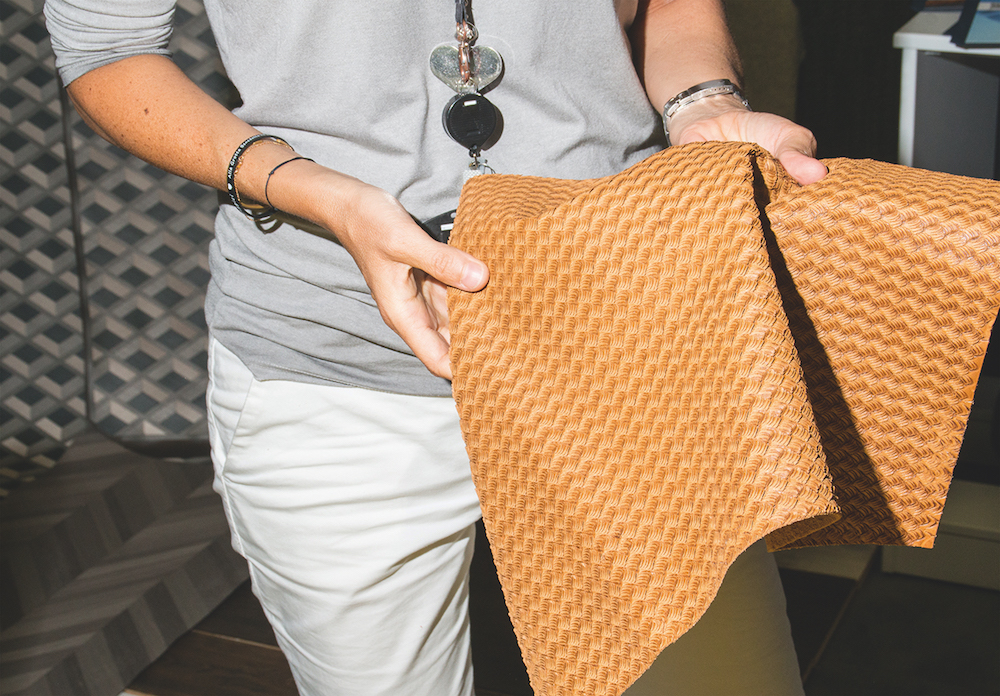
This updated design is then fed back into the virtual model before a full-scale clay model is produced to fix the final volume. Then it’s back to the computer to tweak details like the parking sensor and refine the data so it can be used to program the machines for production. Finally, a realistic version of the car is mocked-up from resin by the modelling team, complete with real headlamps, wheels and Plexiglas windows for final approval by management.
I ask Tencone what principles guide him through this process. “First, regardless of what it says on our passports, we approach it as Italians,” he says. “If we design something with two lines, for example, it cannot be predictable or banal. These two lines must convey some emotion. Then, we look at historic Maserati design” (all current models that Maserati produces, even the Levante, have strong references to past iterations). “They function as a sort of manifesto that describes an equilibrium between extreme strong elements and an elegance.”
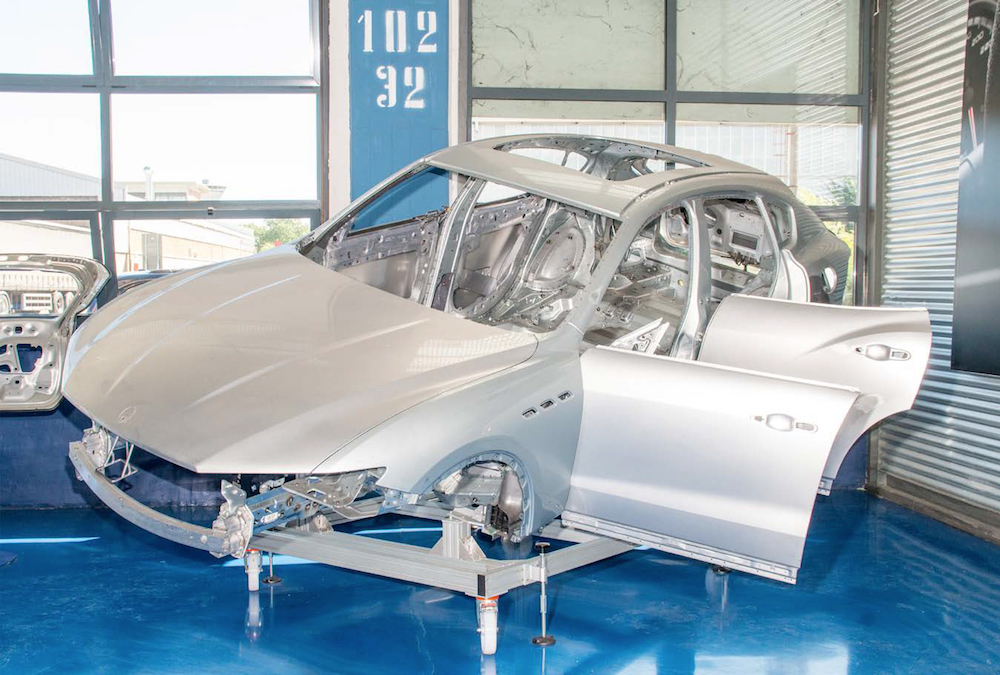
Every Maserati is made to order. From the colour of the brake callipers to the stitching on the leather upholstery, each of the five models Maserati currently produces – the Quattroporte, GranTurismo, GranCabrio, Ghibli and Levante – can be tailored to each customer’s particular idiosyncrasies. Although the customer may have to wait up to five months before they see their car on their driveway – because, in factories like the one producing the GranTurismo and GranCabrio in the centre of Modena, the majority of the assembly is by hand.
Built in 1937 on the outskirts of Modena, the factory has long since been absorbed into the city’s historic centre. Here, 20 cars roll off the production line every day. By most standards this is a crawling pace. Yet, as Bigland tells me back in Goodwood, “It may not be as efficient from a cost perspective, but it wouldn’t be a Maserati without that manual attention to detail.”
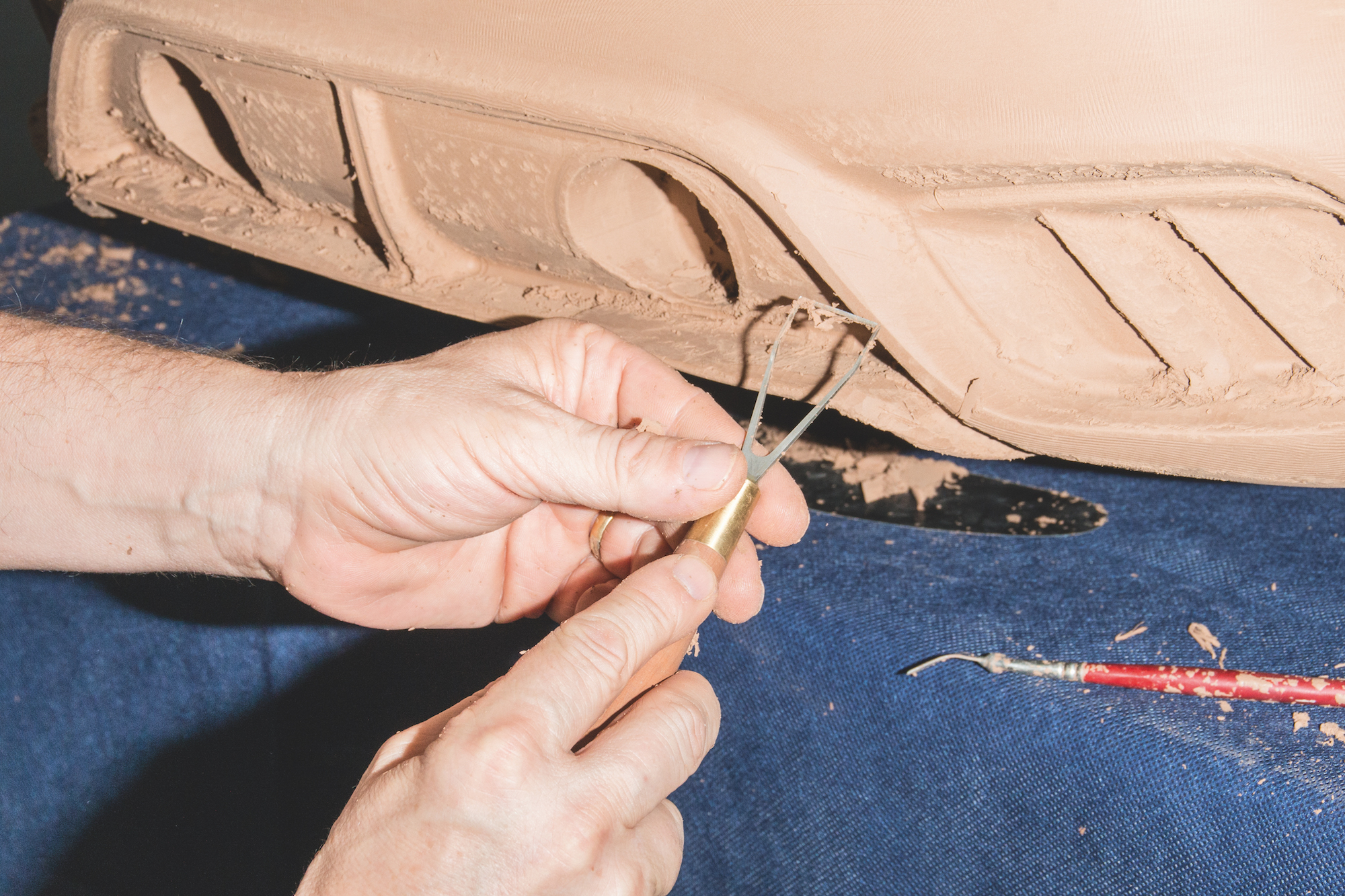
Incredibly, in this age of automation and maximising profit margins, in the Modena plant there is only one job that a human cannot do as well as a robot: applying glue to a windscreen. “You just cannot have this level of detail and customisation with a robot,” Giorgio Manicardi – who has worked at Maserati for 35 years before retiring in 2001 – tells me as we start a tour of the factory. Instead, here, as has been the case for over a century, it comes down to experience and skill of the workers.
After just over a day on the production line – with the pre-fabricated chassis ‘married’ with its Ferrari engine, the suspension and powertrain fitted and the bespoke interior installed – the finished car reaches the doors of the factory. It’s here, having cut the cord that prevents the car’s battery from being connected, that Luca Cesarini – the company’s engineering – turns the key in the ignition. “It’s like the cry of a newborn baby,” he says, grinning, as the engine roars into life.
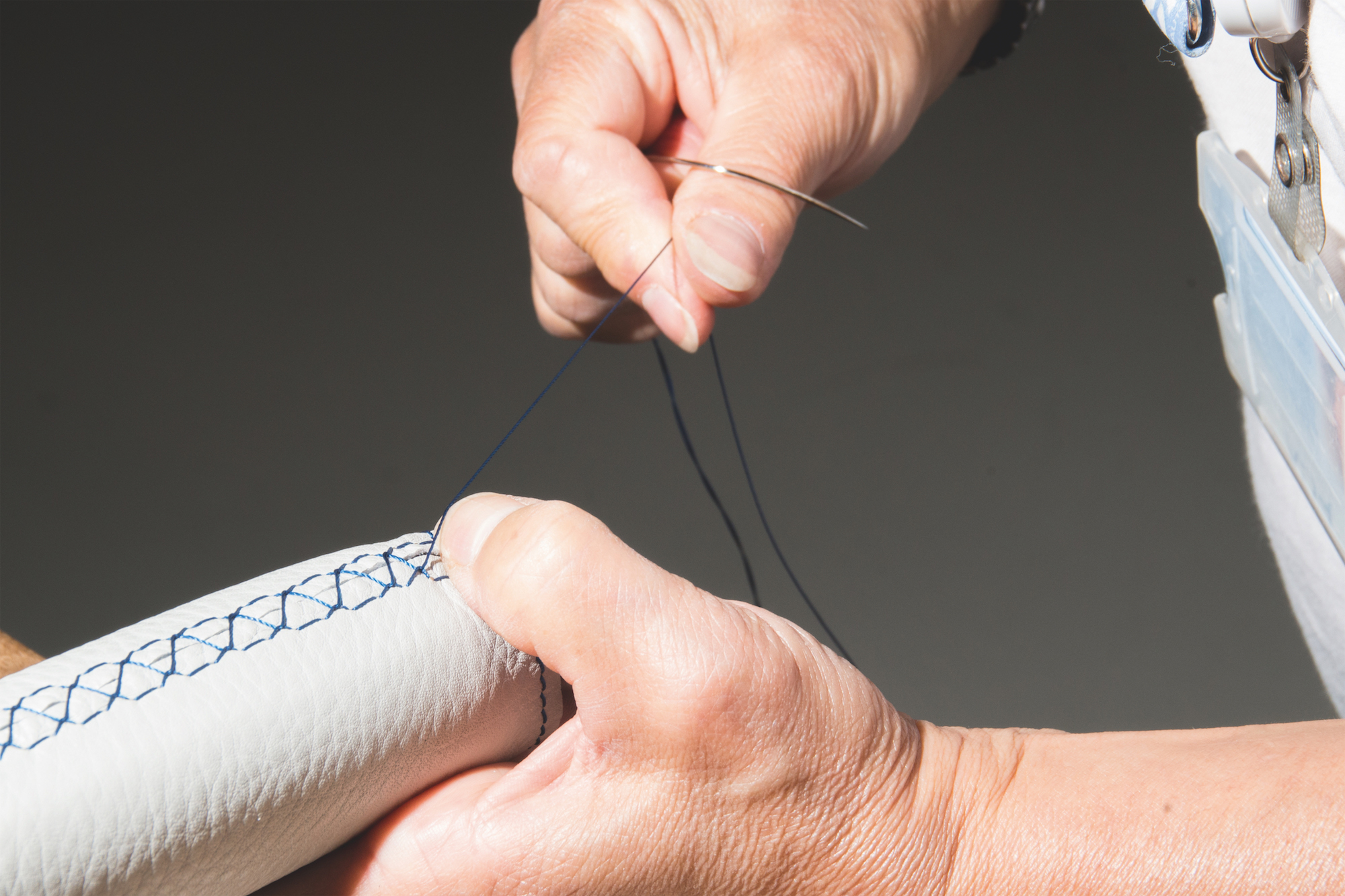
The car still has a long journey left before it reaches its new owner however and will move to another area of the factory for a series of tests – vibration, water ingress, gearbox balancing – before it is prepared for being driven on the road. “When your Maserati is delivered, it will have done at least 30 miles, if not 50 or 55,” Manicardi explains. “The test drivers are very good mechanics, and if they notice anything wrong, the car won’t leave the factory until it is perfect.” The car is then cleaned and inspected under powerful lights for defects before, finally, covered in a white cloak, the car is taken by transporter and shipped globally.
The whole process, from the first tentative sketches to the car eventually leaving the factory, demonstrates how Maserati has managed – through successive ownerships and a century that has seen a greater pace of change than ever before – to evolve without losing its identity. In placing such emphasis on the hand-made and on quality, continually resisting commercial pressures to automate and relocate, the marque continues to defend its unique position in the automotive industry.
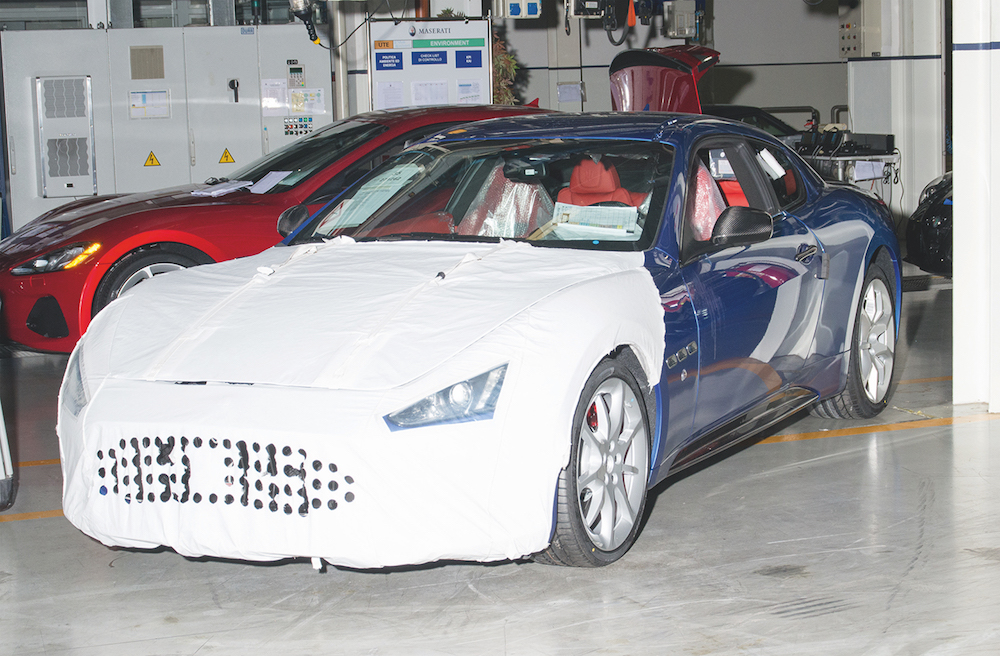
And yet, I wonder, will Maserati be able to evolve to face the challenges of the next century – the spectre of global warming and ever greater moral responsibility placed on the automotive industry? “We have to,” Bigland tells me. “We’ll just have to work a little harder to preserve the Maserati DNA.”
“In fact,” says Klaus Busse, head of the FCA design centre, “eliminating the internal combustion engine will allow us to return to some of the more sculptural shapes of the early Maseratis. There’s a beautiful video of a red A6 from 1953 – we muted the sound, played classical music over it and realised that a Maserati can survive without the sound of its engine.”
Photography Alexander Coggin
This is an extract from issue 21 of Port, out now. To buy or subscribe, click here.




